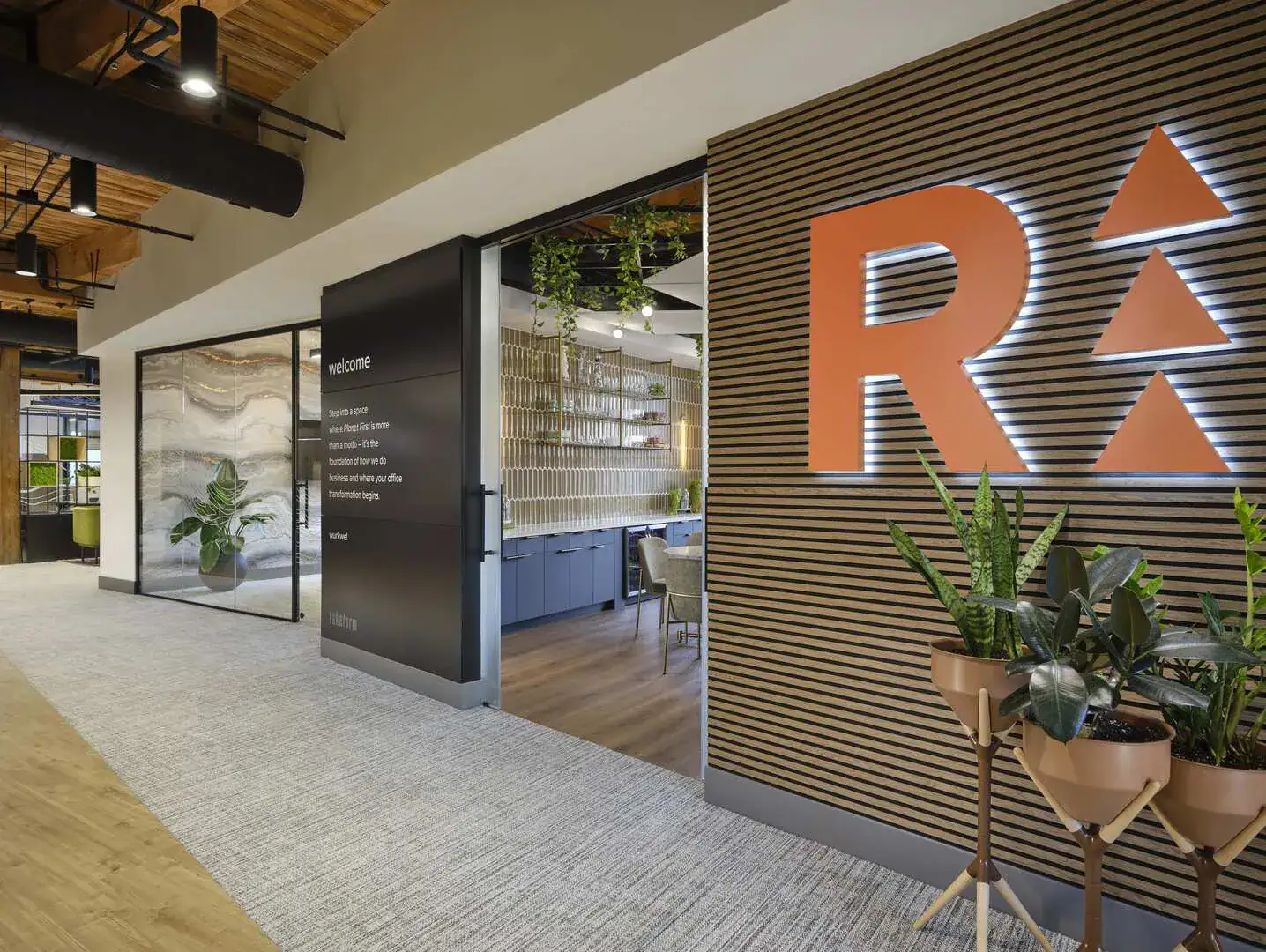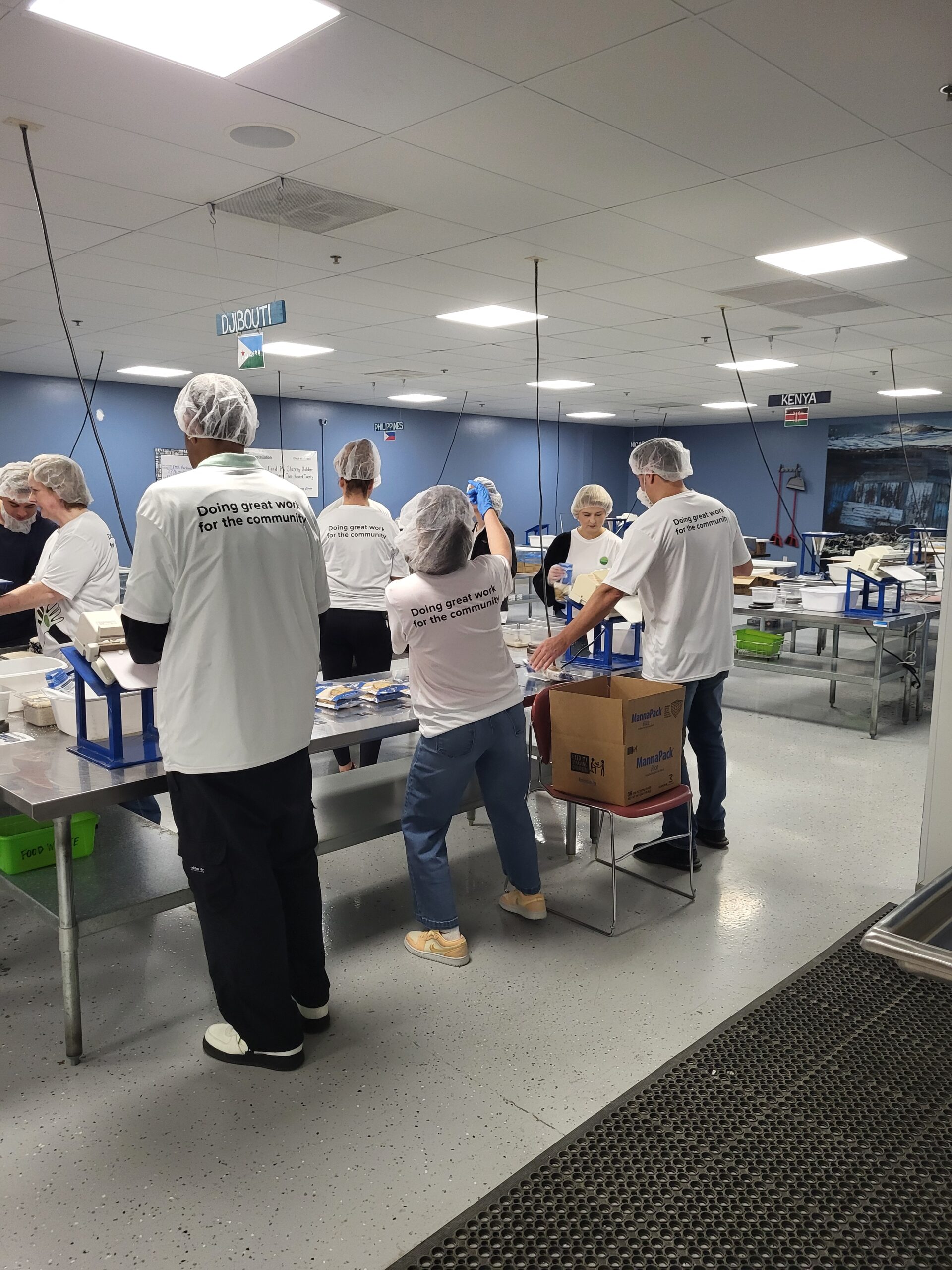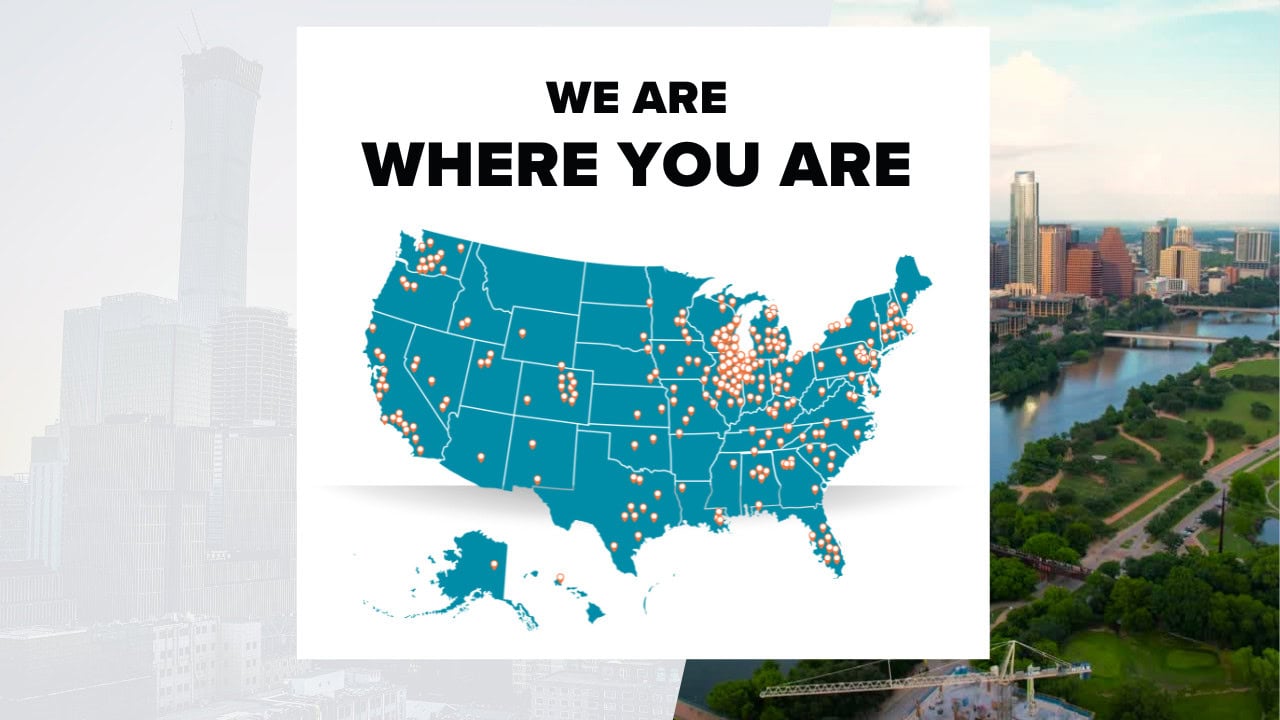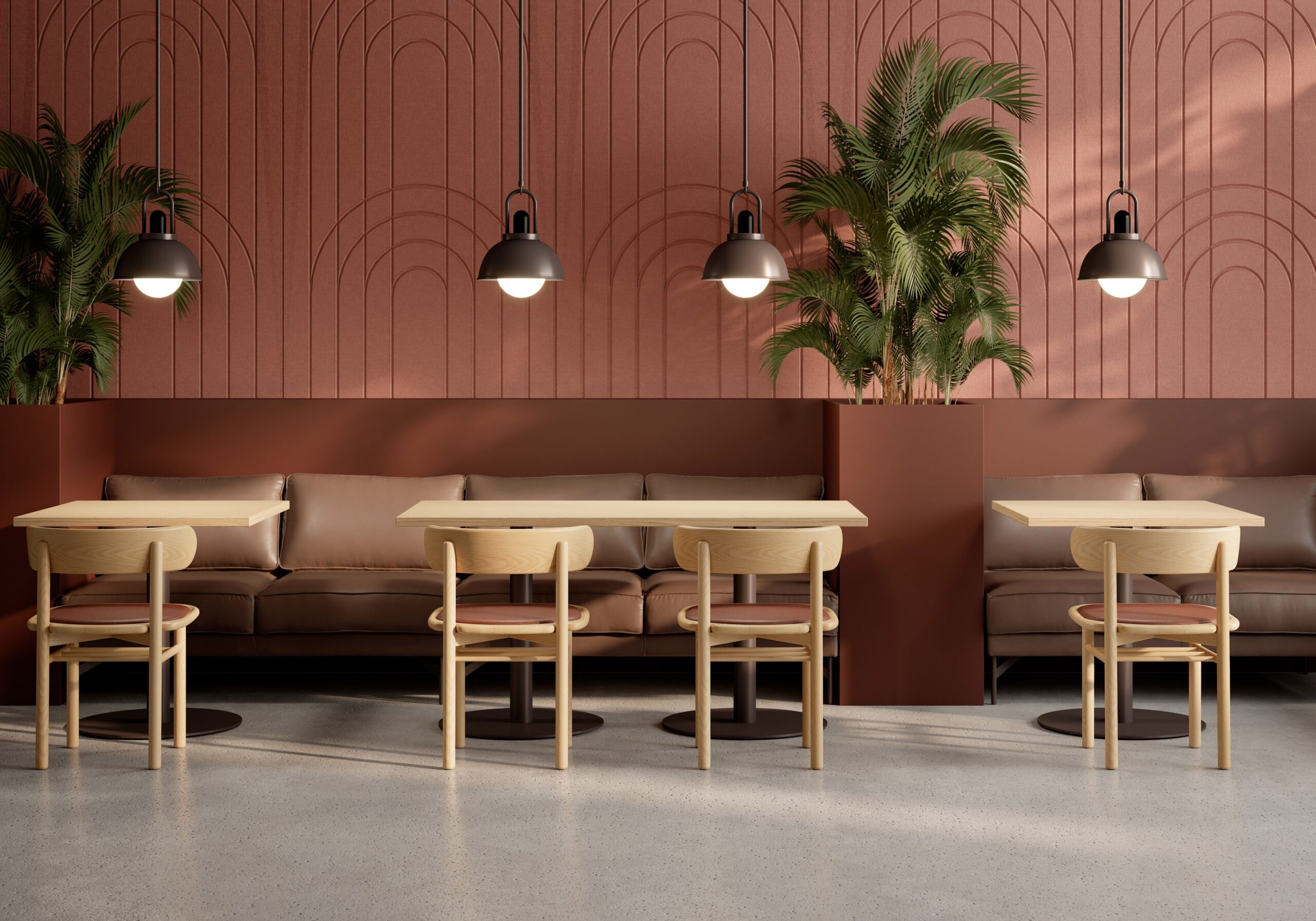WeWork, the largest provider of shared working spaces in the world, has recently been in the news due to their economic hardships and subsequent failed plans to launch an IPO. While some local, community minded coworking spaces are thriving, here are some of the reasons why coworking spaces may have fallen short of becoming the new normal in the business world.
Coworking for At-Home Professionals
One of the large reasons for the rise of coworking spaces was its attraction for at-home professionals. Coworking spaces seemed like an ideal choice for people who disliked the regular office environment, and had a noisy and distracting atmosphere at home.
Many at-home workers began commuting to coworking spaces, hoping to work in a cheerful, relaxed environment with flexible hours. Yet what many received in return was the opposite of what their business needed. While the fun-factor can be a nice quality at first, many coworking spaces’ carefree atmosphere can override productivity. Naturally, this leads to a less competitive environment, with considerable distractions and noise — which is the opposite of what a growing business needs.
Privacy Issues
Working on confidential projects at a coworking space is not a wise thing to do for obvious reasons. Maintaining the privacy of work becomes hard within an open space, where anyone can peer over another’s shoulder. Consequently, those in coworking spaces realized the value in the privacy that cubicles afford.
To add onto the lack of visual privacy, it is common for coworking spaces to have one common Wi-Fi setup instead of multiple, secured network services for individual teams. These shared networks pose a significant security concern not only to business assets, but also when accessing client documents on a cloud server.
Lack of Infrastructure
Although a coworking setup has an exciting communal feel, this open space can lack necessary areas like a meeting or conference room, or even private rooms altogether. When running a business, it’s necessary to have a private area to discuss important topics in isolation, or to make video calls to clients in a quiet environment.
On The Flip Side
The local community minded coworking spaces that embrace their community are thriving. Take Bamboo Detroit for example. They were voted a top workspace in the country and are contributing to the revitalization and gentrification of Greater Detroit.
They foster a sense of family and the members seem to lift one another up. Entrepreneurial engaged founders of these spaces lead by example and offer invaluable advice and encouragement to members of Bamboo Detroit and key personas in the surrounding community.
Final Thoughts
WeWork had a great start with their innovative idea of providing collaborative co-working spaces geared towards small businesses and entrepreneurs. However, the negatives of an open concept theme have been shown to outweigh many of the positives. Not only has the value of WeWork spiraled downward, but coworking spaces around the country have felt similar pain. Regardless of how enticing the idea of a fun and collaborative work environment seems, the traditional setup of cubicles and conference rooms are proving to be the most suitable workspace for enhancing overall productivity and performance, so tour a few different spaces. Ask around about their involvement in their members’ success and relationship to the community. Make sure the working environment supports the way you do business and be sure to pick an option that works for you and your team. Whether that is a drop-in membership, a dedicated desk or your own private office. The successful co-working spaces offer a variety to fit your needs without breaking the bank.




